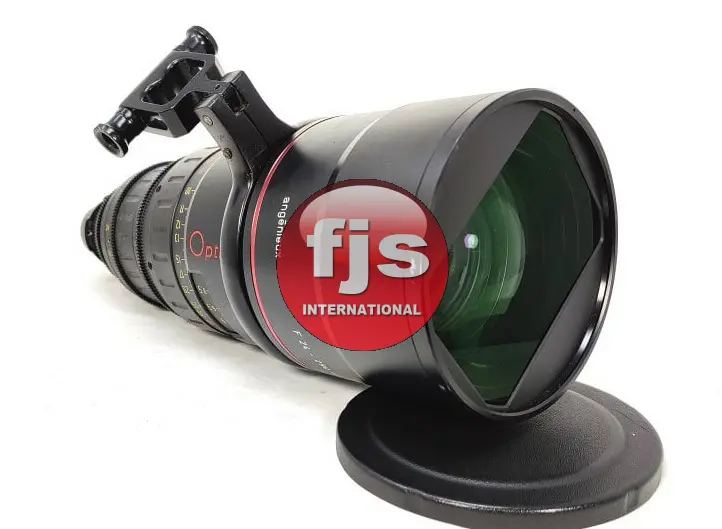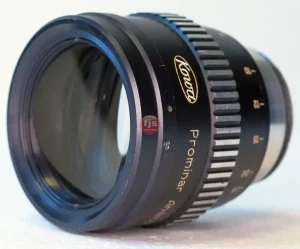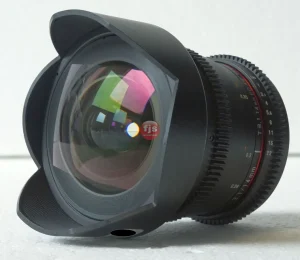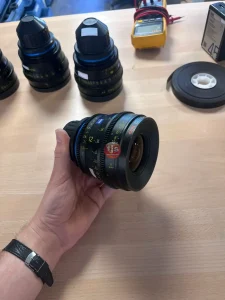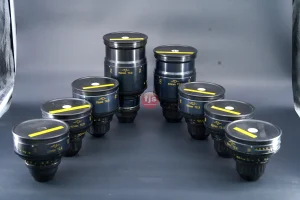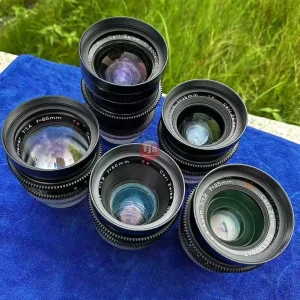Lenses are a photographer’s right-hand tool, shaping the way we capture the world around us. But with a vast array of options, understanding the price tag associated with each type can be tricky. A common misconception is that prime lenses are inherently more expensive than zoom lenses. Let’s delve deeper into the key features and benefits that influence the cost of each type, helping you make informed decisions for your photography journey.
Prime Lenses: Simplicity Breeds Excellence
- Simpler Design: Prime lenses have a fixed focal length, meaning they offer one specific field of view. This allows for a simpler internal design with fewer elements, leading to potentially lower manufacturing costs.
- Superior Image Quality: With fewer elements, prime lenses tend to deliver sharper images with less distortion and aberration. Additionally, wider maximum apertures (meaning they can open wider) are more common in primes, letting in more light for low-light photography and beautiful bokeh (background blur).
- Lightweight and Compact: The streamlined design of primes makes them lighter and more compact than zooms, enhancing portability and handling.
Zoom Lenses: Versatility at a Price
- Versatility is King: Zoom lenses offer a range of focal lengths within a single lens, allowing you to switch between wide-angle, portrait, and telephoto perspectives without swapping lenses. This is ideal for travel, events, or situations where changing lenses might be inconvenient.
- Complex Engineering: Achieving a consistent image quality across a zoom range requires more complex optical engineering and higher-grade glass elements, contributing to potentially higher production costs.
- Bulkier and Heavier: The additional elements needed for zooming make zoom lenses generally heavier and bulkier than primes.
Conclusion: Choosing the Right Lens for You
While prime lenses can be more affordable, especially for budget-conscious photographers seeking exceptional image quality, high-end professional zooms with constant fast apertures can rival prime prices. Ultimately, the choice depends on your shooting style and priorities. If you value portability, image quality, and low-light performance, primes might be the way to go. If versatility and convenience are paramount, a zoom lens could be your best bet.
Frequently Asked Questions
- Are there any expensive prime lenses?
Absolutely! High-end prime lenses crafted with exotic glass elements and exceptional build quality can be quite expensive.
- Can I achieve similar results with multiple prime lenses instead of a zoom?
Yes, you can! By strategically choosing a few prime lenses that cover your desired focal lengths, you can achieve excellent image quality while potentially spending less than a high-end zoom.
- What are some other factors that affect lens price?
Brand reputation, autofocus technology, and image stabilization mechanisms can all influence the cost of a lens, regardless of whether it’s a prime or a zoom.

